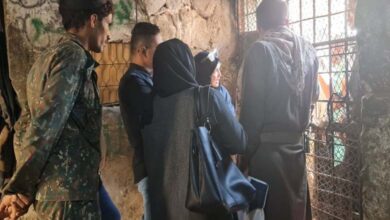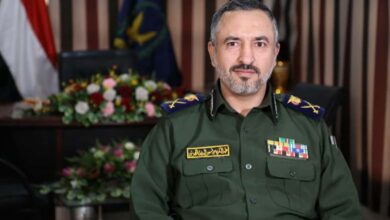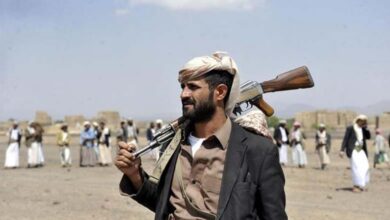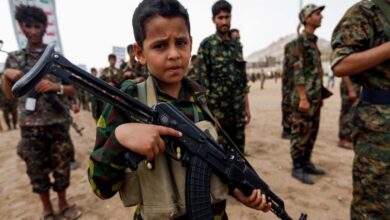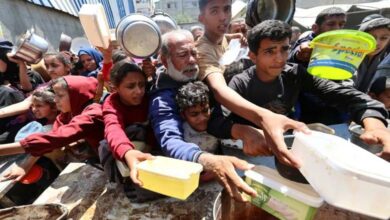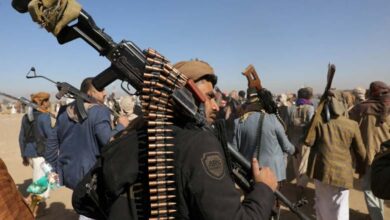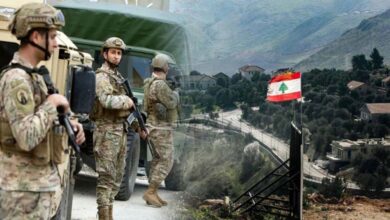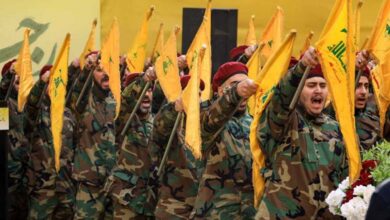Does the Closure of Rukban Camp Signal the End of Other Camps?
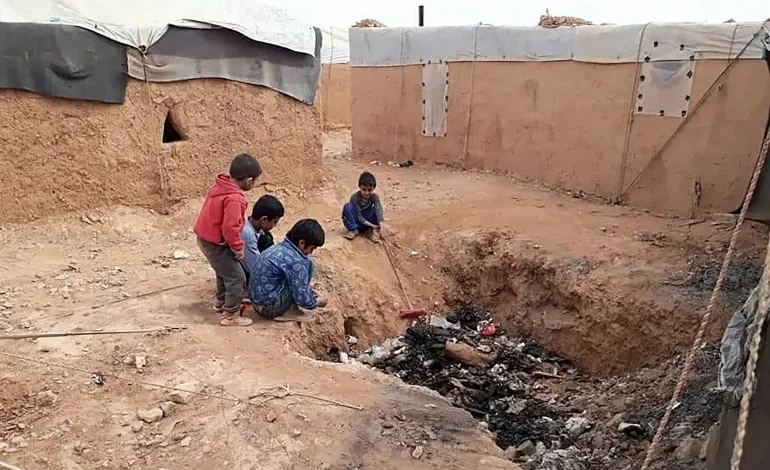
Although the closure of the Rukban camp is hailed as a humanitarian achievement, it also casts a shadow over new challenges awaiting returnees, serving as a real test to ensure a dignified, safe, and sustainable return.
-
More than 7,000 Syrians in Jordan return to their country after al-Assad’s fall
-
Kurdish officials: More than 500 Syrians in the al-Hol camp return to their home
Syria has turned the page on the Rukban camp, which sheltered displaced Syrians at the tri-border area between Syria, Iraq, and Jordan. According to authorities and a non-governmental organization, the camp officially closed its doors on Saturday after the departure of the last families who had been living there in dire conditions for years. This signals a shift in Syria’s internal dynamics after the fall of the al-Assad regime, and explains the growing pace of return among displaced families, as the camp had lost its justification as a refuge from the “brutality of the fallen regime.”
The camp had long symbolized a dark chapter in Syria’s humanitarian crisis, lacking essential services such as drinking water, food, and medical care. Its residents suffered from siege, starvation, and the harsh desert environment. Its closure marks an end to this immediate suffering.
-
Syrian Kurds Plan to Empty Jihadist Camps by the End of the Year
-
Al-Hawl, the most dangerous camps in the world… Could it become a factory for terrorism?
Official statements stress that families have returned to their regions of origin, reinforcing the principle of voluntary and safe return for displaced persons — a key priority for both international organizations and the new Syrian government.
The closure of Rukban also reflects a broader intent to end the phenomenon of displacement camps, especially those marked by inhumane conditions. Several officials have described this step as “the beginning of a process to dismantle other camps,” with particular focus on sites like al-Hol, which remains a major source of international concern.
-
Political Game: Major UN Warnings against Halting the Flow of Humanitarian Aid to Syria
-
Murders committed by ISIS cells in Syria’s al-Hol camp
Rukban’s strategic location at the intersection of Syria, Jordan, and Iraq — and its proximity to the U.S. al-Tanf military base — had made it a flashpoint of tension. Its closure may indicate shifting humanitarian and security priorities in the region, and possibly a de-escalation of tensions along this sensitive border zone.
Thus, the closure of Rukban represents a significant step in addressing one of the most tragic humanitarian consequences of the Syrian conflict. While it is a step forward, it also opens the door to new challenges for the returnees, requiring extensive national and international efforts to ensure their dignified and sustainable reintegration.
-
Al-Julani Rewards Turkey by granting it Priority in Syria’s Reconstruction
-
Pro-Turkish Factions Control Half of Aleppo
Emergency Minister Raed al-Saleh wrote on X: “The closure of Rukban camp marks the end of one of the harshest tragedies faced by our displaced people.” Minister of Information Hamza al-Mustafa also posted on X Saturday: “With the dismantling of the Rukban camp and the return of the displaced, a tragic and painful chapter of displacement created by the war machine of the fallen regime has come to a close.”
He added, “Rukban was not just a camp — it was a triangle of death, a testament to the cruelty of siege and starvation, where people were abandoned to their fate in the barren desert.”
-
Complications of Pending Issues Slow the Normalization of Relations Between Syria and Turkey
-
Deraa and As-Suwayda tribes form a unified Council to address security challenges
The Syrian Emergency Organization, a humanitarian NGO, confirmed on X that “Rukban camp has been officially closed and is now empty. All families and residents have returned to their homes.”
Established in 2014 during the peak of the Syrian war, the camp served as a refuge for Syrians fleeing jihadist abuses and government bombardments, hoping to cross into Jordan.
Located at the tri-border area of Syria, Iraq, and Jordan, Rukban lay within a 55-kilometer security zone established by the U.S.-led coalition against ISIS, which includes the al-Tanf military base housing American forces.
-
Human rights violations and instability: New risks threaten fragile syrian stability
-
Campgrounds in Northeast Syria: The Most Haphazard Amidst Food Crisis
At its peak, the camp hosted over 100,000 people, but tens of thousands left over the years, particularly after Jordan closed its border in 2016, forcing many to return to regime-held areas to escape hunger and lack of medical care.
Before al-Assad’s fall in December, the camp still held about 8,000 people, who were completely cut off from areas under government control, with humanitarian aid rarely allowed in.
According to the Syrian Observatory for Human Rights, residents began gradually returning to their home areas after al-Assad’s downfall. The Minister of Information noted that “the end of Rukban marks the beginning of the path toward dismantling other camps.”
-
The normalization with al-Assad fuels European disagreements
-
The suffering of Syrian refugees in Lebanon… Return to dangerous areas or stay under oppression?
The conflict that began in 2011, following the regime’s violent crackdown on popular protests, displaced nearly half of Syria’s population both inside and outside the country. Most ended up in camps around Idlib.
Since al-Assad’s ouster, only 1.87 million Syrians — displaced or refugees — have returned to their original areas, according to the International Organization for Migration, which cites “lack of economic opportunities and essential services” as the main barrier to return. Meanwhile, around 6.6 million people remain internally displaced.


